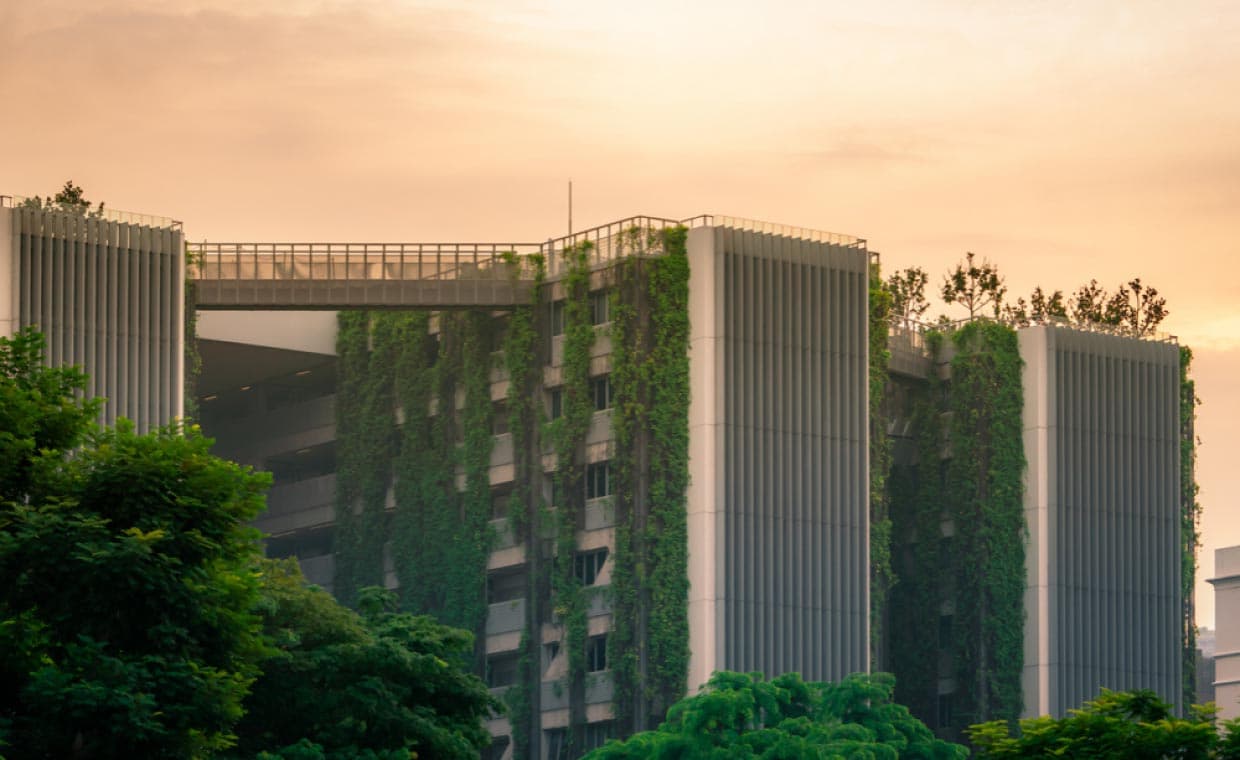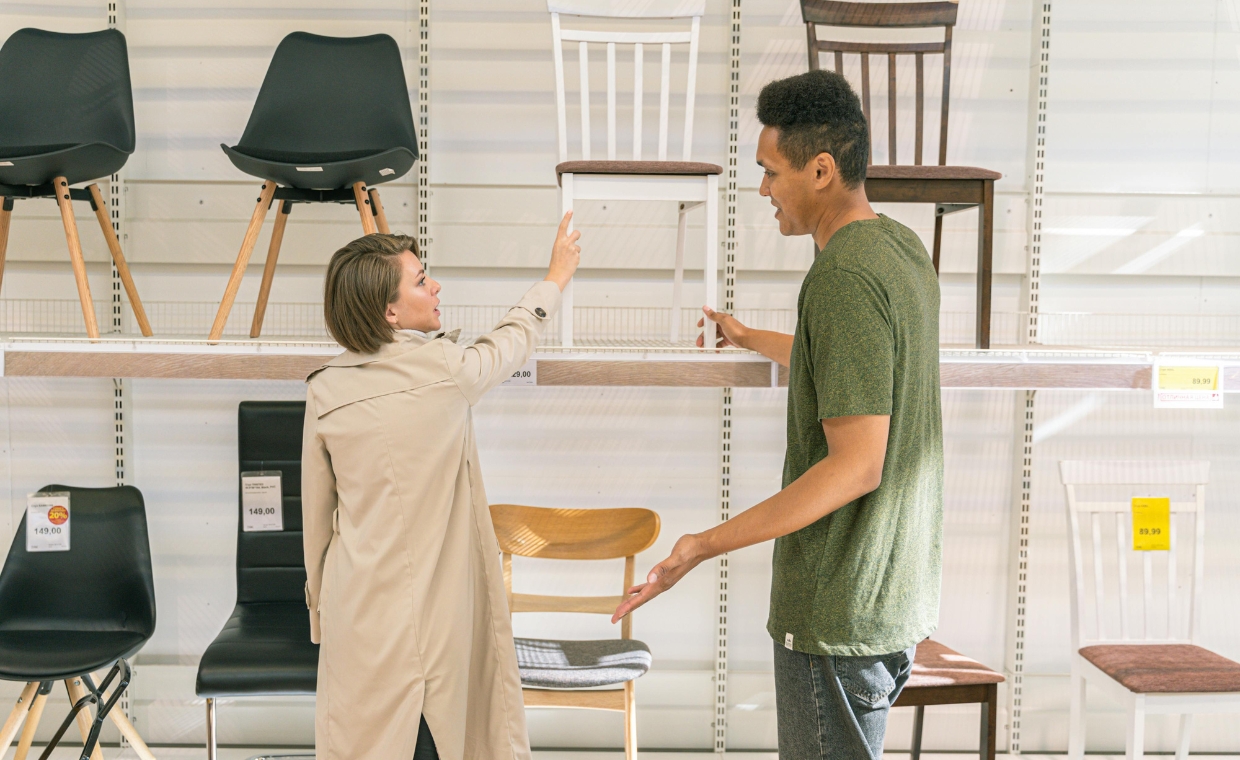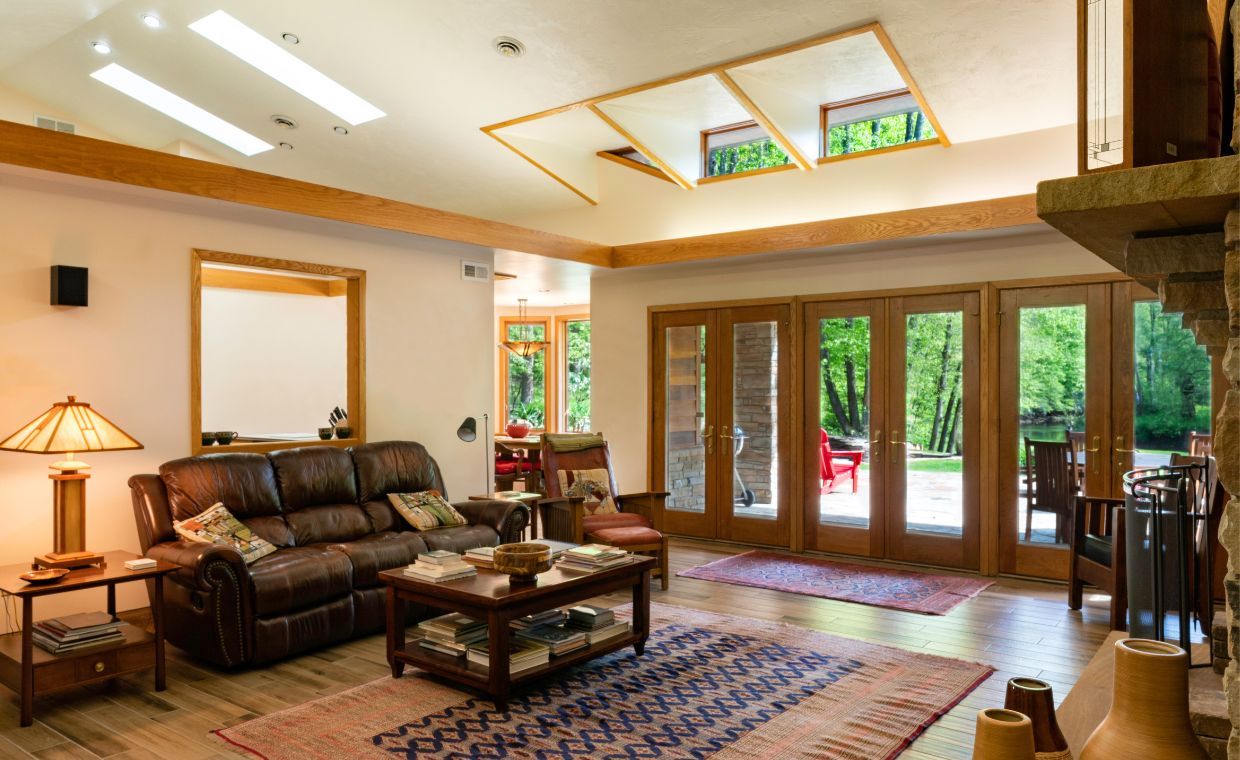
Table of Contents
Sports venues, particularly golf venues, often hide some of the best sustainable building practices. Many are adopting techniques that reduce environmental impact and enhance energy efficiency.
Innovations in the sports sector offer valuable lessons for residential construction. From smart irrigation systems to eco-friendly clubhouse designs, these green solutions are redefining how we think about sustainable living spaces.
This article discusses several sustainable building practices inspired by sports facilities.
Smart Water Management Systems

Golf courses excel in water conservation, implementing advanced management systems to optimize usage. Sensors and automated controls track soil moisture, ensuring greens stay lush without wasting resources. This tech can easily transition to residential lawns.
Emulating these systems in homes could drastically reduce water bills. Efficient irrigation methods paired with smart technology promise greener yards and gardens while being mindful of environmental impact.
Moreover, smart meters enable real-time water usage monitoring, helping you quickly identify and fix leaks. These insights foster proactive maintenance habits.
Renewable Energy Integration

Another standout practice in sports facilities inspiring sustainable home designs is the use of renewable energy sources. Many golf venues install solar panels and wind turbines to power their operations.
For your home, integrating similar technologies can lead to substantial savings over time. Installing rooftop solar panels or small-scale wind turbines harnesses clean energy efficiently, minimizing reliance on traditional power grids.
Battery storage systems complement these setups by storing excess energy for later use, mainly during peak demand periods or outages. This sustainable approach not only cuts down on energy costs but also significantly lowers carbon footprints.
Use of Recycled and Sustainable Materials

Sports facilities lead in adopting eco-friendly building materials, setting an excellent example for residential spaces. Many golf venues incorporate recycled content in construction, such as reclaimed wood and sustainable composites.
The same can apply to your home renovations. Opting for materials with recycled content can enhance both aesthetic appeal and environmental responsibility. Flooring, countertops, and even insulation made from sustainable sources contribute significantly.
Furthermore, prioritizing local materials reduces transportation emissions associated with long-distance shipping. This decision supports local economies and reduces your home’s carbon footprint.
Eco-friendly Landscaping Techniques

Innovative landscaping practices in sports facilities transform outdoor spaces into sustainable environments. Golf courses, especially, employ native plants and grasses that thrive with minimal water, reducing the need for excessive irrigation.
Adopting similar strategies can revitalize your yard’s sustainability efforts. Native flora conserves water and enhances local biodiversity, supporting pollinators like bees and butterflies.
If you’re looking for landscaping ideas inspired by golf course strategies, platforms like The Left Rough provide valuable resources. You can explore insights on eco-friendly methods to design a naturally flourished home.
Passive Heating and Cooling Design

Heating and cooling are among the leading culprits in energy consumption within buildings. Sports facilities often leverage passive design principles to regulate indoor temperatures naturally, which is worth emulating at home.
Strategically placed windows and ventilation systems harness natural airflow, maintaining a comfortable climate without over-relying on HVAC systems. Incorporating thermal mass materials like stone or concrete can absorb heat during the daytime and release it when temperatures drop.
Shading devices, such as awnings for pergolas, offer additional cooling benefits by blocking direct sunlight during peak hours. These thoughtful adjustments can reduce energy costs significantly while enhancing your living space’s comfort year-round.
Green Roof Installation

Modern sports facilities incorporate green roofs to enhance energy efficiency and biodiversity. These installations provide natural insulation, significantly reducing heating and cooling demands.
In residential settings, green roofs offer similar benefits. They create a thermal barrier that maintains indoor temperatures more effectively than traditional roofing materials.
Beyond energy savings, green roofs also contribute to stormwater management by absorbing rainwater. This helps reduce runoff and lowers the risk of flooding in urban areas.
Biophilic Design Elements
Lastly, integrating biophilic design elements into residential spaces can create a harmonious connection with nature. Sports facilities often utilize natural materials and abundant greenery to enhance spectator experiences.
Bringing this concept home means incorporating features like living walls or indoor gardens that promote mental well-being and air quality. Natural light is another crucial aspect; large windows and skylights can illuminate your space while reducing reliance on artificial lighting. So, consider implementing biophilic principles to foster an environment that feels both calming and energizing.
Conclusion
Inspiration from sports facilities like golf courses can revolutionize residential sustainable building practices. From smart water systems to green roofs, these sustainable strategies offer fresh perspectives for eco-friendly living.
Integrating such innovations not only saves money but also contributes to a healthier planet. Embrace these ideas and be part of the shift towards more sustainable home environments, driving change one building at a time.
Also Read: Sustainable Projects Paving the Way for a Green Future






























